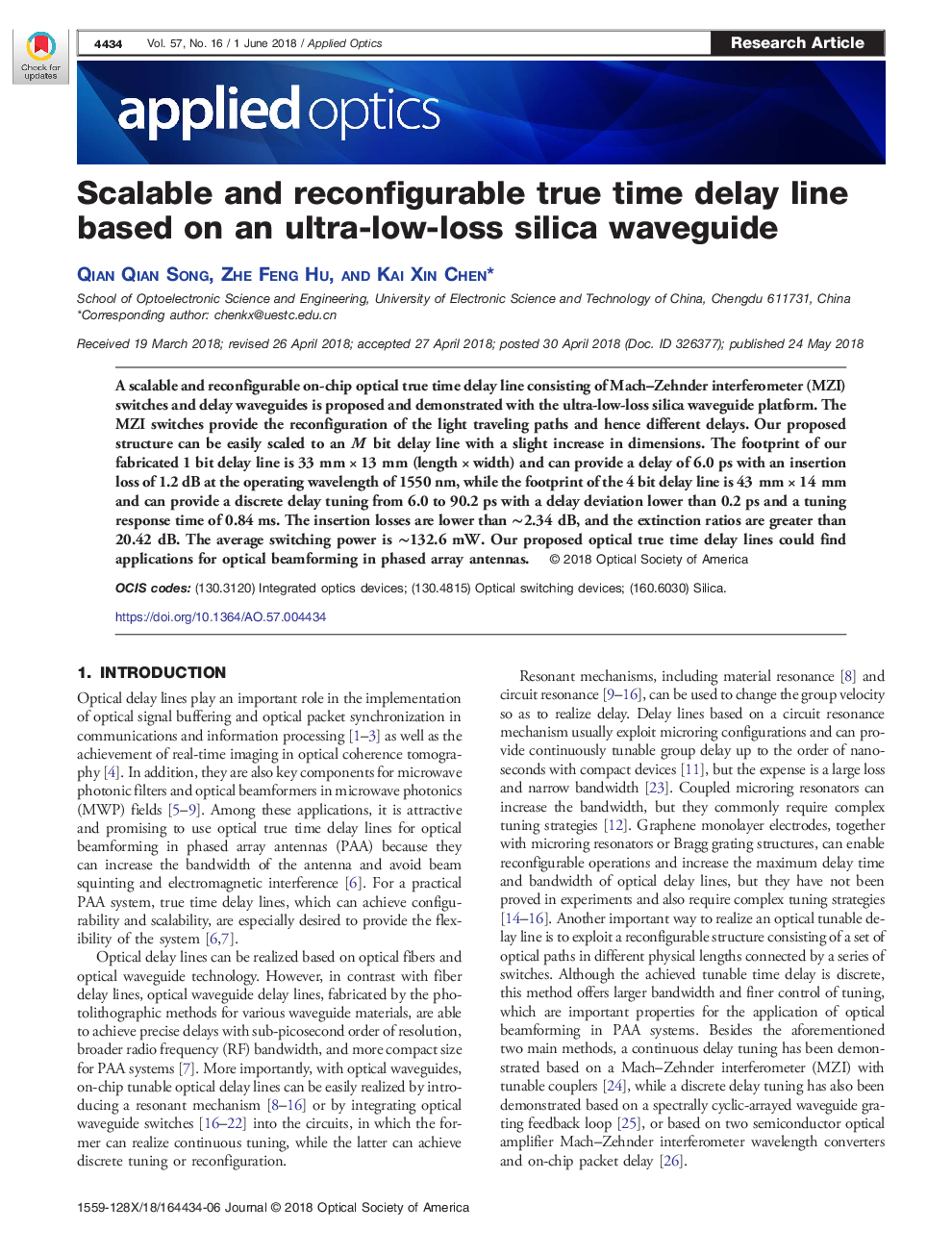| Article ID | Journal | Published Year | Pages | File Type |
|---|---|---|---|---|
| 7045148 | Applied Thermal Engineering | 2018 | 6 Pages |
Abstract
The effects of location and profile of an upstream slot on endwall flow and heat transfer characteristics of a gas turbine blade are numerically investigated in this paper. On the basis of validation of the numerical method, the Reynolds-averaged Navier-Stokes equations and the standard k-Ï turbulence model are used in the current study. Slots located at 10%, 20% and 30% of the axial chord length upstream of the leading edge plane and three convergent slot profiles are analyzed to reveal their effects on endwall fluid flow and thermal behavior. The results indicate that the slot at 10% of Cax upstream has the best cooling performance for most of the endwall, but there is a cooling failure region on the middle part of the endwall when the coolant to main flow mass flow ratio is lower than 1.0%, while the slot at 30% of Cax prevents the cooling failure region from appearing. Besides, as the distance between the slot and the blade leading edge is reduced, the aerodynamic losses are reduced. Compared with a normal slot, the convergent slots proposed in this paper provide better cooling protection for the endwall and prevents cooling failure on the endwall if both the film cooling effectiveness and heat transfer coefficient on the endwall are taken into account. Convergent slots also reduced aerodynamic losses when mass flow ratio is higher than 1.0%. Among the convergent slots, the convergent slot A has the greatest cooling and least aerodynamic loss.
Related Topics
Physical Sciences and Engineering
Chemical Engineering
Fluid Flow and Transfer Processes
Authors
Liming Song, Peiyuan Zhu, Jun Li, Zhenping Feng,
